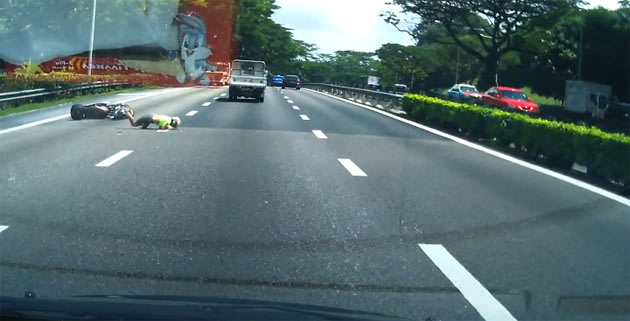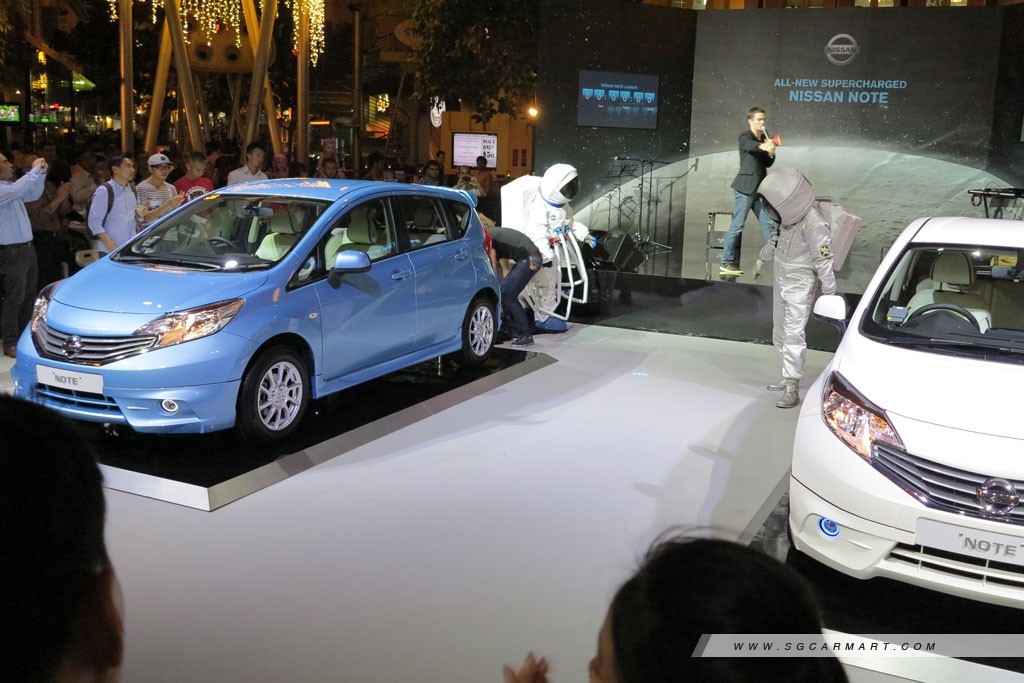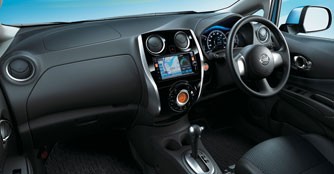The government will spend some S$690 million to better connect commuters to transport nodes and reduce noise levels from passing trains.
Transport Minister Lui Tuck Yew on Thursday announced the initiatives mapped out under the latest Land Transport Master Plan.
One key project -- Walk2Ride -- will make it easier for more commuters to walk to MRT stations.
The Land Transport Authority (LTA) will build sheltered linkways within a 400-metre radius from all existing MRT stations, compared to the current radius of 200 metres.
Currently, sheltered linkways are built to link to schools, healthcare institutions and other transport nodes like bus stops and taxi stands.
But under Walk2Ride, developments within a 400-metre radius like shopping, leisure, commercial and residential areas will also be linked.
Mr Lui said walking experience has been a key point in discussions with residents.
He added: "We will improve the 'first and last mile experience' for commuters. One key feedback from our focus group discussions was that more people would take public transport if we improve the walking experience between their homes or the MRT station and bus stop.
"Many told us while our public transport system is well-connected, the walking experience was generally uncomfortable and inconvenient, given our tropical climate and sometimes unpredictable weather."
There are also plans to link up developments within a 200-metre radius of all bus interchanges, LRT stations and high-usage bus shelters.
In all, some 200 kilometres of linkways will be added islandwide by 2018, more than four times the existing 46 kilometres today. The project is expected to cost some S$330 million and will begin from 2014.
The Walk2Ride initiative is being rolled out, following a successful trial at Lakeside MRT.
Desmond Lee, MP for Jurong GRC, said: "Many of them (residents) are elderly residents as well as families with young children on strollers, and a significant number of them have requested for some form of lifts or pedestrian crossing or escalator to ... Lakeside MRT.
"So with this announcement, residents will find their access to Lakeside MRT that much more convenient for them."
Ang Wei Neng, a member of the Government Parliamentary Committee for Transport and MP for Jurong GRC, said the move will help reduce traffic congestion and the reliance on feeder bus services.
He said: "People prefer to walk because it is more reliable, more predictable than taking the bus which is subjected to traffic conditions."
Another S$60 million will be spent on making pedestrian overhead bridges more elderly and wheelchair-friendly.
LTA intends to install lifts at 40 of such bridges.
LTA will begin installing the lifts from 2014. Half of them will be completed by 2016 and the remaining by 2018.
Pedestrian overhead bridges located near MRT stations and integrated transport hubs will be given priority.
Beyond connectivity, residents living near elevated train tracks such as in Simei, Marsiling and Dover can expect the noise level from passing trains to drop.
S$300 million will be spent on installing some 20 kilometres of noise barriers along stretches where noise levels exceed the National Environment Agency's guideline of 67 decibels.
Since September, LTA has been measuring noise levels at 455 residential flats located close to such tracks.
With the noise barriers, Mr Lui said noise levels can be reduced by about five to 10 decibels.
Installations will start at the end of this year and be completed by 2020.
Mr Lui said: "They are just some of the key initiatives that we plan to roll out over the next few years to improve our living environment, and enhance our quality of life, and core to the goal of the Land Transport Master Plan 2013 -- which is to build a people-centred land transport system that supports an inclusive and liveable community."
SOURCE
Good initiative by the minister of transportation. After last week's announcement of doubling Singapore's rail network, this piece of news further emphasize that more work is in the pipeline to beef up the viability of public transport in the midst of Singapore's population boom.
Food for thought though, all these good news always start to pop up whenever the ruling party is participating in an election. Nevertheless, Singaporeans will welcome improvements to infrastructure, to make our society more pleasant to live in.






